Pre K Classroom Decorating Ideas
Pre-Kindergarten classrooms are bright, welcoming, warm, and never dull! Whether you're welcoming your first batch of 4-year-olds or you're a seasoned veteran, here are 50+ ideas, tricks, and tips for Pre-K teachers from our WeAreTeachers Helpline Facebook page and around the web.
Getting Your Classroom Ready
1. Choose an appealing theme.

We love this "Super"-themed classroom from one of our Facebook community members.
2. Consider laminating your books.
Books in a Pre-K classroom are loved … well loved. Here are two tips for Pre-K teachers to keep your books from falling apart (or at least slow it down).
"Take out the staples of the books and then laminate them." –Samantha L.
"Use the wide packing tape to cover and reinforce books." –Cheryl M.
3. Build collections of books on one topic.
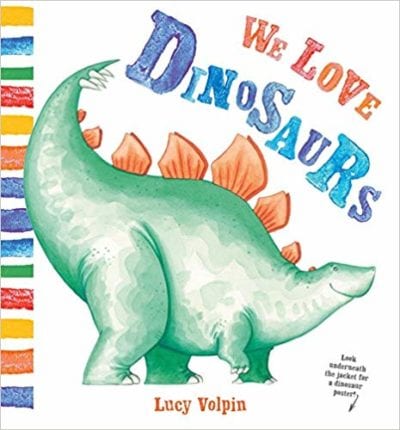
Even though they're pre-readers, Pre-K kids like to look at books on the same topic like this selection of books on dinosaurs . Organize your books by genre or topic to teach Pre-K kids how to learn from book collections.
4. Set up sensory tables.
Early childhood teachers know that hands-on learning is essential. Sensory play encourages open-ended thinking, language development, collaboration, and builds fine motor skills. Sensory materials are magically both engaging and calming. Here are our favorites!
5. Gather reading buddies.
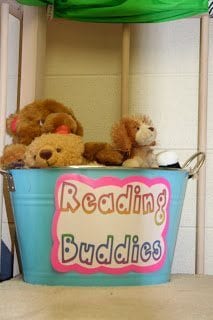
Pre-Kindergartners are learning how to read, and that includes "reading" to their favorite toys. Encourage kids to read aloud and practice what they know about reading with a stash of reading buddies (stuffed animals, dolls, and other toys) in the book corner.
6. Cover your easel.
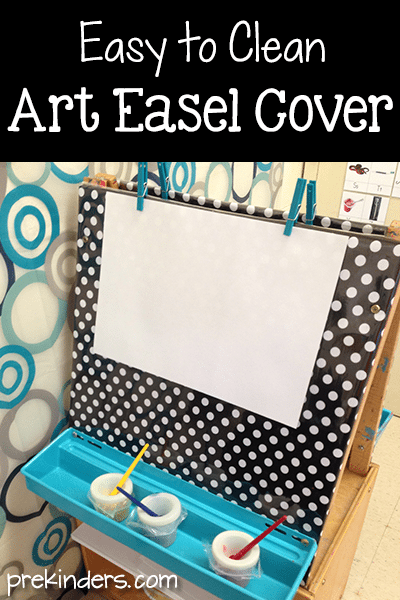
Cover your easel with wrapping paper and clear vinyl to create a surface that is easy to clean and fits into your classroom better than a bare wood frame. (Find more tips for Pre-K teachers on Prekinders.)
7. Stock up on board games.
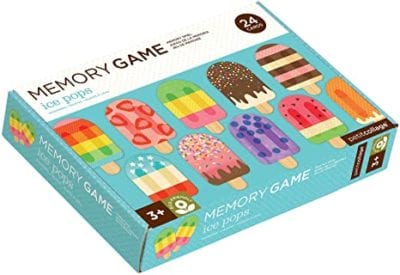
Whether they incorporate cards, dice, boards, spinners—or even an adorable cardboard monster and an oversized spoon—games have a host of benefits for young children. Check out our favorite games for the Pre-K set.
8. Stock up on educational toys.
When choosing toys and games for preschoolers, less is definitely more. Simple, durable, and open-ended materials that invite kiddos to imagine, explore, create, and stretch their developing language and reasoning skills are the way to go. Check out our top toys and games for preschool and Pre-K.
The First Days of School
9. Let parents stay on the first day.
Kids whose parents stayed a few minutes and offered them words of encouragement did better when their parents left. (More tips for Pre-K separation anxiety at Pre-K Pages.)
10. Stay crystal-clear with parent communication.
This is most likely a parent's first experience with school, so be clear with your expectations. Include information about the "schedule of the day, snacks, discipline, how to get in touch, and what to do if they get scared, have a tantrum, or are hurt" in your newsletter. —Kelly J.
11. Use mascots.
Give your classroom some additional energy with creative mascots at each center. "I teach Pre-K and my classroom theme is superheroes. Each center has a 'mascot' and the Hulk and She-Hulk are the mascots for the dramatic play center because they change and are dramatic." —Ariel E.
12. Make time for morning meetings.
It's a great way to reinforce calendar and core skills and build community. Watch how this Pre-K teacher leads morning meetings in her classroom.
13. Teach Pre-K students pencil grip.
Reteaching fine motor skills is hard! Teach Pre-K students proper pencil grip from the get-go, and future teachers will thank you. (Here's information about what proper pencil grip looks like from OT Mom.)
14. Teach the alligator method for using scissors.
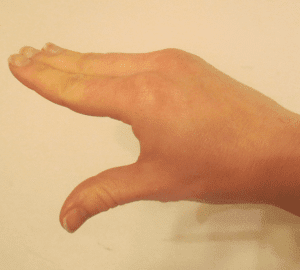
Holding and using scissors are key ready-for-kindergarten skills that the kinder teachers in your building will thank you for later. Try teaching Pre-K students the thumbs up alligator method.
15. Use clothespins.
![IMG_9073_thumb[2] Clothespins learning activity](https://s18670.pcdn.co/wp-content/uploads/2016/07/img_9073_thumb-2.jpg)
Clothespins strengthen kids' pincher grasp, which helps them hold pencils and scissors. They also strengthen academic skills, like this activity that has students placing a clothespin at the appropriate number on each card. (Get more tips for Pre-K on 1 Plus 1 Plus 1 Equals 1.)
16. Use buttons.
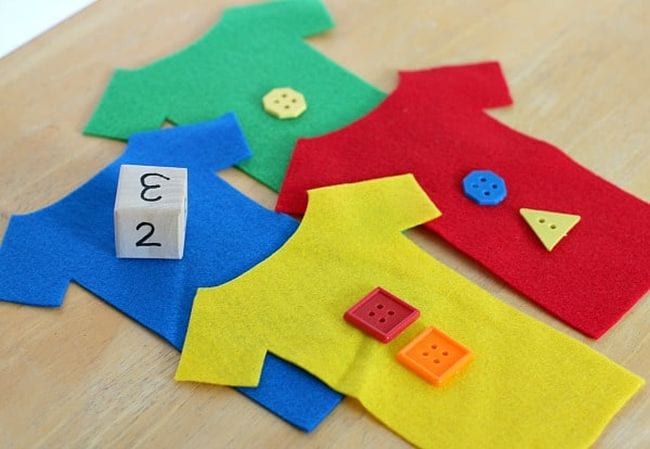
Try some of these button activities to help kids build fine motor skills, work on math, make cute crafts, and much more.
17. Have a clear, predictable schedule.
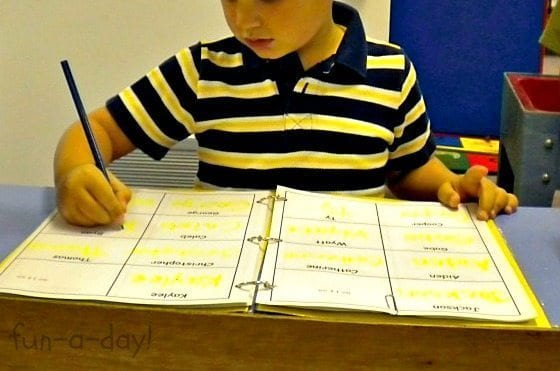
Your day, and year, will go smoothly if your Pre-K students know what to expect. Check out this schedule from Fun-a-Day that includes "sign in" and lots of center time.
Organization Tips
18. Use a master copy binder.
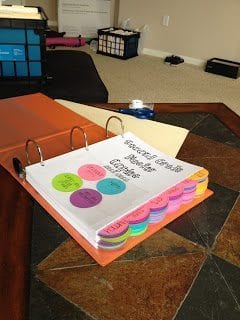
Instead of filing the worksheets and papers you use every year (or copy and recopy for kids who need extra practice), file them in a master copy binder. It takes up less space and keeps your most-used worksheets close at hand.
19. Make templates.
For each activity you create, make a cardboard template (use an old cereal box for the cardboard), so you have a sturdy model for the next time around. (From Northwestern Kiddies.)
20. Organize the end of the year
How you organize your materials before heading out for summer vacation will influence your next school year. Store games and activities by month or theme, so they're easy to find and ready to go when you need them. We've compiled some great packing up tips here.
Classroom Management Tips
21. Start the day right.
One of the best ways to manage your class is having a good entry procedure. Standing tall at the door, greeting each child, and having clear expectations for what kids do when they're in your classroom (put their backpack and coat in their cubbies, choose a book, sit at their seat) is one way to start the morning. (Read more tips for Pre-K classroom management at Scholastic.)
22. Try Conscious Discipline.
"I am a huge fan of Conscious Discipline by Dr. Becky Bailey. It helps teach children social and emotional skills they will use the rest of their life." —Erin K.
23. Teach a storytime transition.
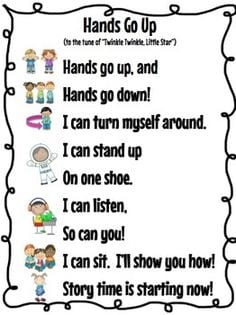
"Hands go up, hands go down"—when teaching Pre-K, help students stop and transition to storytime (or substitute other rug activities for storytime to use this chant throughout the day). Find the poster at Teachers Pay Teachers.
24. Make calendar time active.
Pre-Kindergartners need to move (a lot). So one of our biggest tips for Pre-K is to let them wiggle! Incorporate movement into your daily routine, like calendar time. Michelle M. recommends having students jump for each day of the month they count or have gestures to show the weather (rain movements if it's raining).
25. Use the two-minute rule.
Plan lessons that match your students' attention spans. "Remember, you've got two minutes, then move. Pre-K students can't be expected to sit and listen for long." —Laura C.
26. Consider an emotion buddy.
Use this trick for one student or your entire class: "Have a stuffed animal, Anger Bear, that can be a student's best friend to talk to when she gets mad. They can cry to it, talk to it, and let it all out." —Sarah F.
27. It's one of those tips for Pre-K we can't say enough, MOVE!
Whether they're spraying letters with a water bottle, doing letter hopscotch, or doing a letter relay, it's important to integrate movement when teaching and practicing letters.
Curriculum Tips and Tricks
28. Plan fine motor practice.
Pre-Kindergarteners will need to hit the ground running in kindergarten, and that includes using scissors. Use these free grass and snake cutting sheets for practice.
29. It's never too early for writing.
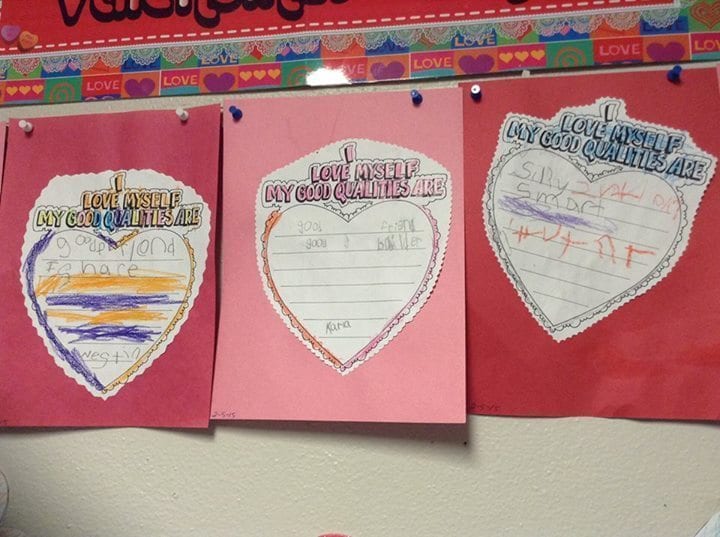
Pre-K students aren't too young to start writing. We love this Valentine's Day idea that has students write basic sentences.
30. Start journals.
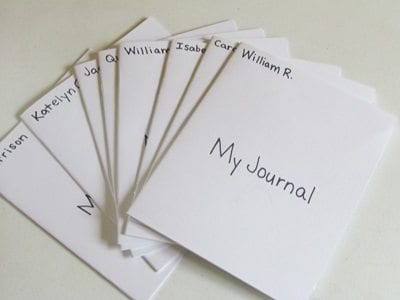
Start your Pre-K students on a journaling routine with blank books that you make by stapling white paper together. Set time each day for students to write and draw in their journals.
31. Use hands-on alphabet activities.
Go on a scavenger hunt, play with shaving cream, and much more. These alphabet activities are perfect for your class.
32. Sneak in the learning with games.
"I like playing 'I have, who has' games. I take their picture on the first day of school and create an 'I have who has' game withtheir photos, it's a great way for them to learn names, plus I use their picture for everything" —Lisa G.
33. Organize your instruction around themes.
When you structure your lessons thematically, you provide your kids with more "hooks" for learning. Check out this blog by Fun-a-Day for some great ideas.
34. Begin teaching shapes.
Learning shapes is one of the earliest concepts we teach kids. Shapes ready them for geometry in the years ahead, but it's also an important skill for learning how to write and draw. Get started with these activities.
35. Count the days of school and celebrate when you reach 100!
There are so many different fun ways to celebrate the 100th day of school. We've got a whole collection of activities for you!
36. Use music for everything.
"Music is needed and is a good way to transition. Find a welcome song and an afternoon song (can be the same tune with different words) to start and close your day. It makes a world of difference." —Anne H.
37. Don't shy away from science.
Students start learning science basics from the first day of school. Check out this geography lesson for one way to teach Pre-K kids about land, water, and air.
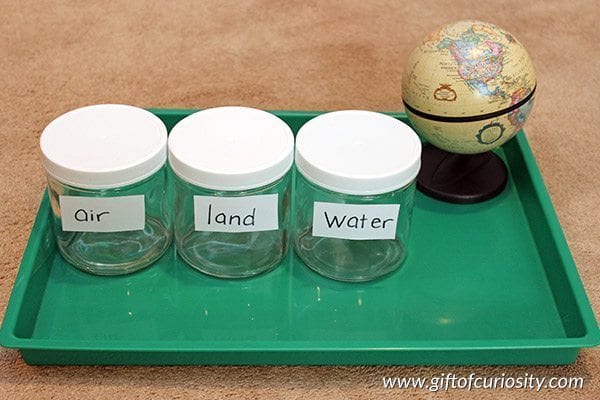
38. Use Mr. Potato Head to teach the five senses.
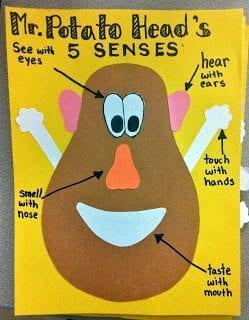
It's funny and memorable—Mr. Potato Head is a great way to emphasize the five senses. Check out these other activities to teach the senses, too!
39. Sing letter sounds.
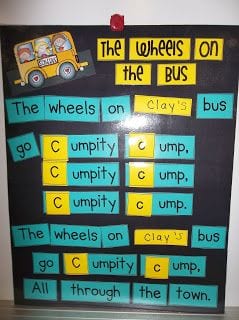
Switch out the first letter of silly songs, like this example from The Wheels on the Bus, to reinforce letter sounds and help students hear how words change when you change the first letter.
40. Watch Alphabet Videos
These alphabet videos help teach and reinforce the letters and their sounds in fun and engaging ways. Kids will beg to watch them again and again!
41. Plan for pretend play.
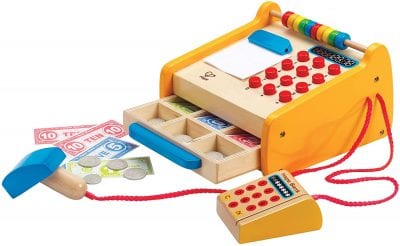
Pretend play develops language, creativity, and social skills while helping kids figure out their world. Check out our teacher picks for dress-up and pretend play!
42. Use books to teach social skills.
From apologizing to managing feelings to building friendships, social skills are an important part of teaching Pre-K. Start social skills lessons with books that kids can read again on their own later. Check out our list of over 50 SEL books for kids.
43. Read names.
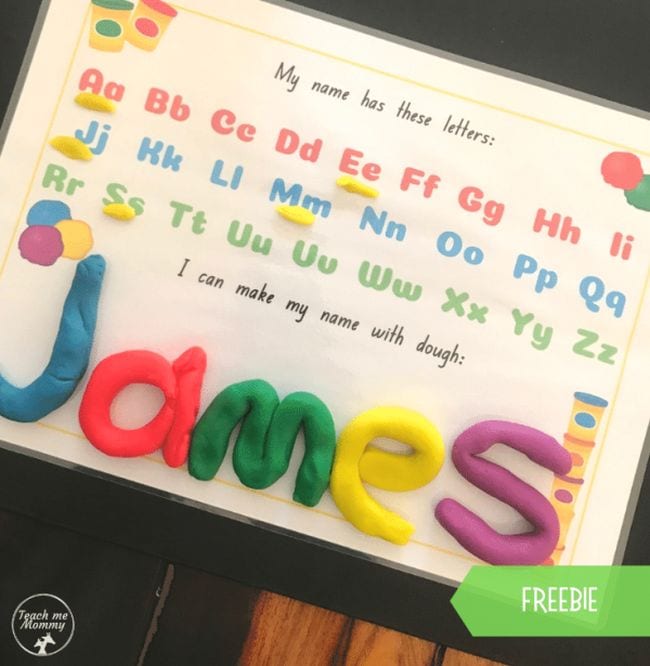
One big accomplishment for Pre-Kinders is recognizing their names. Here are 25 clever name activities, including Play-Doh and sensory bin ideas.
44. Build an abacus.
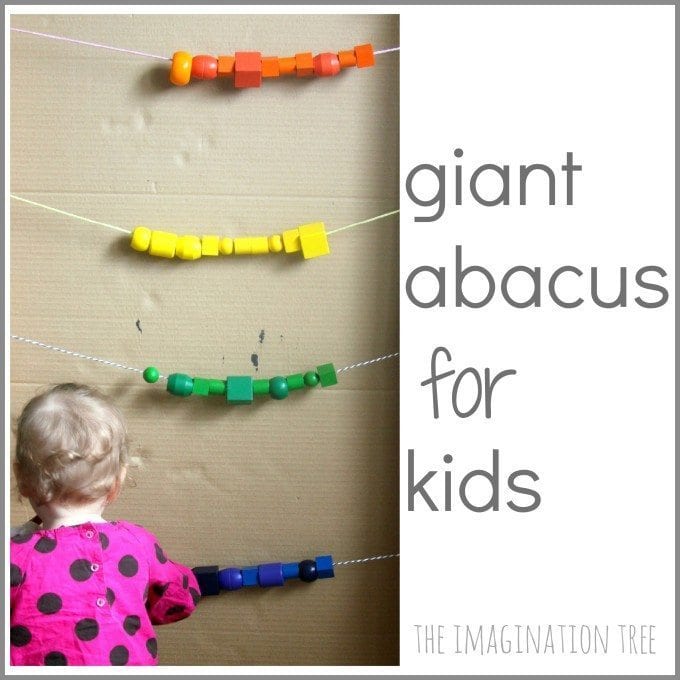
When your students are learning to count and add, turn a giant cardboard box into a life-sized abacus for kids to work on. (Get more tips for Pre-K on The Imagination Tree.)
45. Try different themes from A to Z.
The best way to plan Pre-Kindergarten lessons may be by theme. Everything Preschool has a list of themes that are alphabetized, including airplanes, carrots, and mittens.
46. Try rainbow retelling.
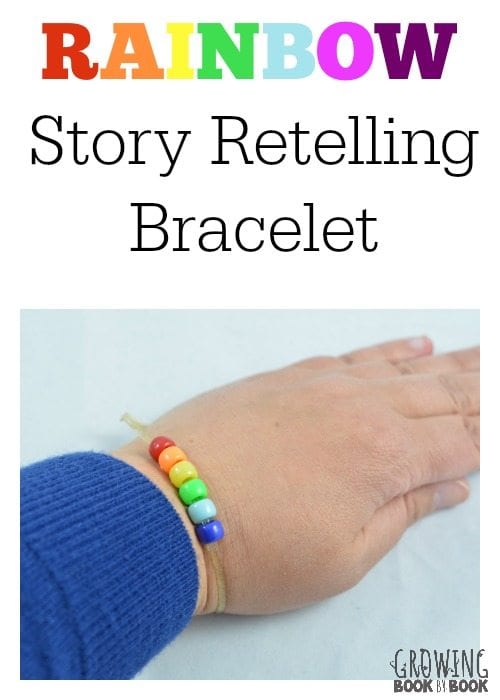
As kids learn how to retell stories, give them rainbow retelling bracelets. When students move the red bead, they tell the characters, orange for the setting, yellow for the problem, and so on. (Find more tips for Pre-K at Growing Book by Book.)
47. Create math tubs.
Centers are a great way to differentiate math work. The teacher blogger at Hubbard's Cupboard puts math materials—counters, cubes, links, and more—in tubs for students to use during math work.
48. Map the classroom.
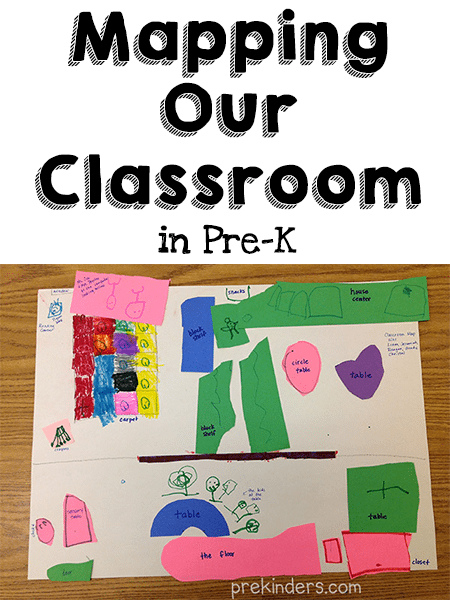
Create a map of your classroom to start a unit on geography and teach basic map skills. Check out these other mapping activities.
Taking Care of You
49. Connect with a community of educators outside of your own school.
Teaching is hard! Join our WeAreTeachers HELPLINE Facebook group and connect with other teachers to talk about challenges and triumphs and ask questions.
50. Keep a "sub tub" on hand for those days when you just can't make it into school.
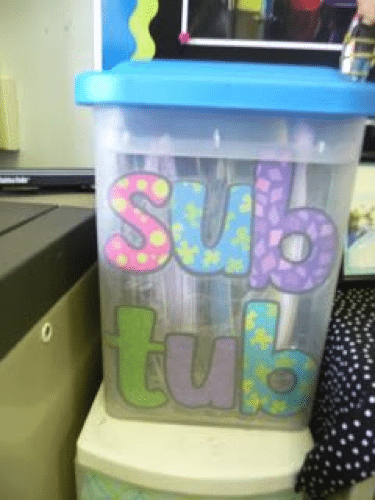
Source: Supply Me
Fill it with all the lessons and activities your sub will need in case you have an unexpected absence.
51. Plan fun annual events for your students and their families.
Whether it's a Mother's Day tea, a fall feast, or a spring BBQ, Pre-K students love traditions. And they love to include their families.
What are your best tips for Pre-K teachers and classrooms? Share in the comments to be included in an upcoming post!
Looking for more articles like this? Make sure to subscribe to our newsletters!
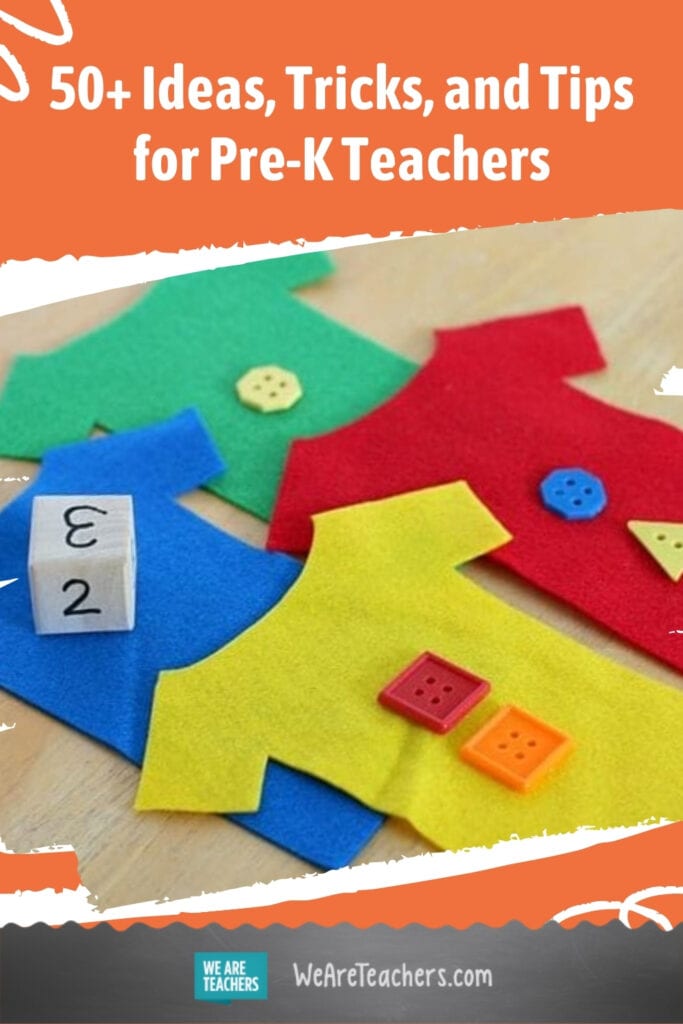
Pre K Classroom Decorating Ideas
Source: https://www.weareteachers.com/50-tips-tricks-and-ideas-for-pre-kindergarten/
Posted by: delongagantiched57.blogspot.com

0 Response to "Pre K Classroom Decorating Ideas"
Post a Comment